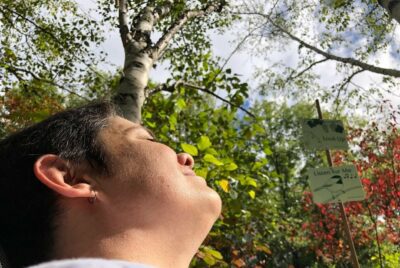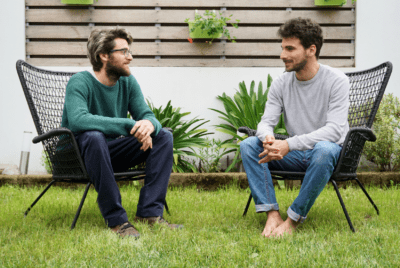RESEARCH
What’s a Nice Guy like Me Doing in a Place Like This? A Landscape Architect and Recovering Alcoholic’s Thoughts on Design
Summary
The author, a recovering alcoholic and landscape architect, reflects on his experience in a chemical dependency treatment center and examines how therapeutic landscapes can aid addiction recovery. He highlights the importance of barrier-free design, ensuring accessibility for individuals dealing with withdrawal-related physical impairments. Additionally, he discusses the need for protected yet open outdoor spaces, offering patients a sense of relief and escape from the highly structured and often confrontational nature of addiction treatment.
The article emphasizes the psychological and emotional benefits of therapeutic gardens, which can provide opportunities for contemplation, recreation, and self-discovery. Thoughtful design elements—such as enclosed courtyards, shaded seating areas, and interactive gardening spaces—can help individuals in recovery find moments of peace, social connection, and accomplishment. Ultimately, the author argues that therapeutic landscapes should not impose rigid structures but instead foster a sense of choice, safety, and personal growth, aligning with the broader goal of addiction treatment: rebuilding a meaningful, self-directed life.







